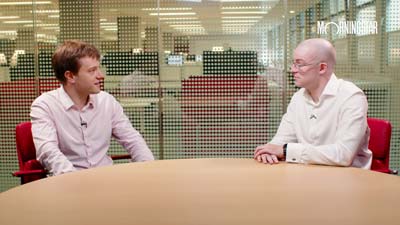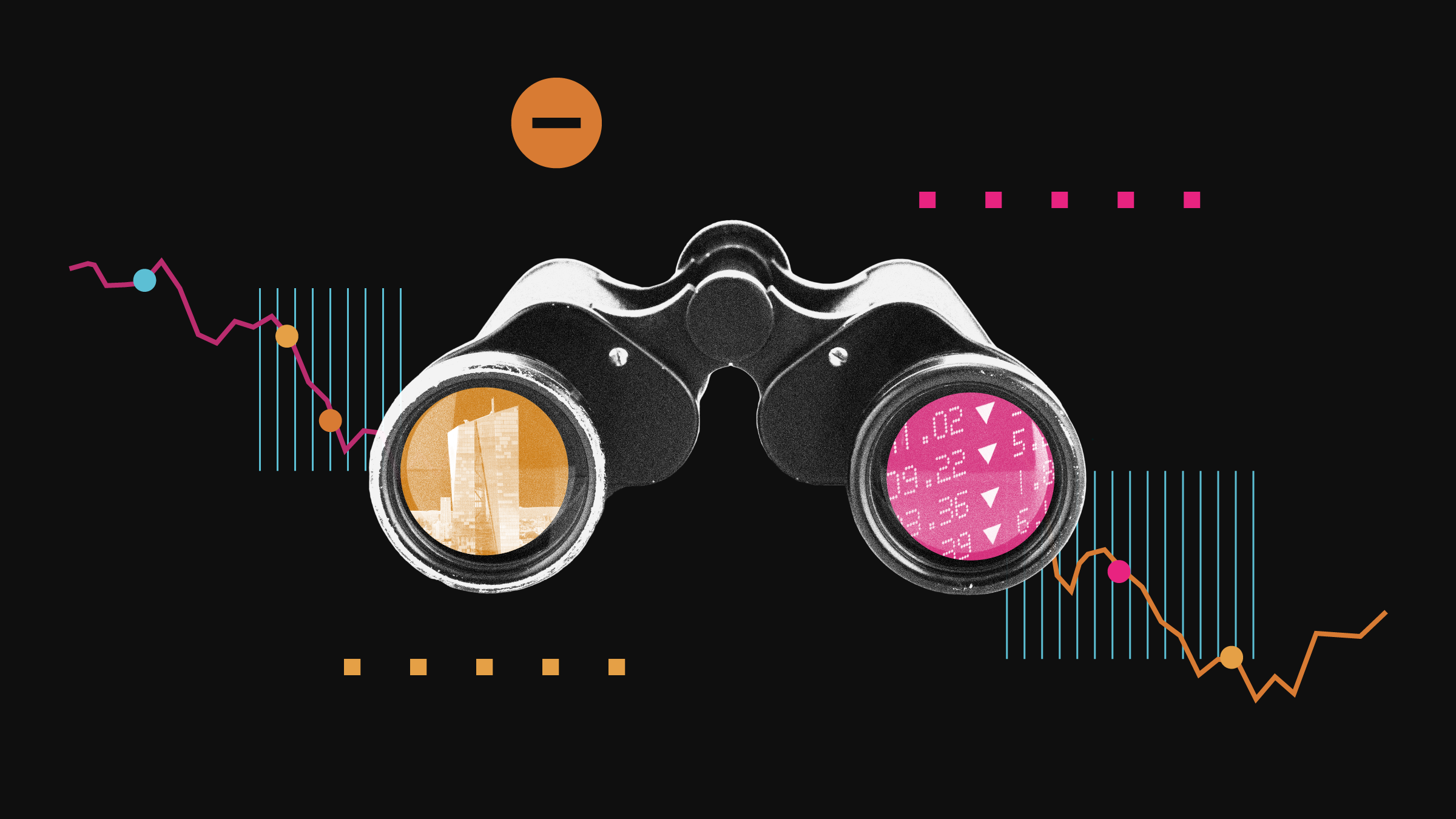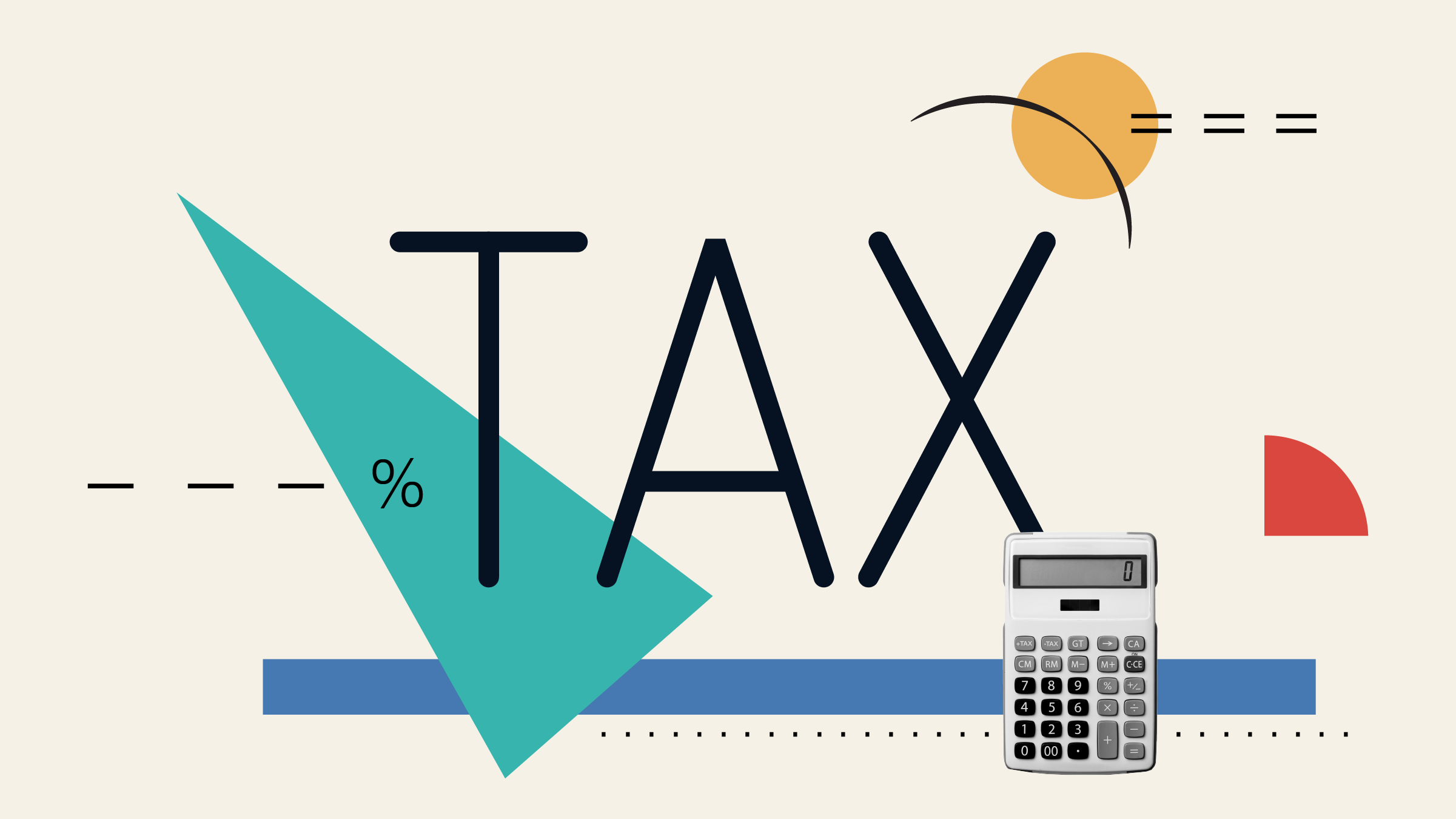Holly Black: I'm at the Morningstar Digital Investment Conference with Katherine Davidson. She is a Portfolio Manager at Schroders. Hello.
Katherine Davidson: Hi.
Black: So, we're talking all things ESG today and one way you approach this – we all talk about making a big impact, but you're not thinking like that. You're thinking impact with a little "i". What's the theory behind that?
Davidson: Yeah, I'm trying to get this phrase to go viral. I'm glad it's catching on. So, in traditional impact investing as we used to think about it was where not only did the company that you were investing in have to have an impact, but your capital had to have an impact and it doesn't really work in public equity markets because you're just buying the shares from somebody else, you're not really affecting the company's access to capital. So, I don't believe you can do Impact with a big "I" credibly in public markets, but we can do is impact with a little "i" where you are choosing to invest in companies that have a positive impact on the world around them and also through your engagement and your active ownership you can help steer those companies in the right direction.
Black: And for companies you can't steer in the right direction one tool in your armory is divestment. Is that something you use often, or is that a really last resort?
Davidson: I think it depends on the kind of mandate that you're running, what you've told to your clients. So, I run a portfolio that is marketed as being the best of the best really good companies. So, for us, there's – I don't know which way around this is – there's reasonably low bar for investment, I would say. So, we divest companies relatively early if they don't show signs of engaging with us constructively and if we're not convinced that they're sort of acting in the right interest of their stakeholders. But for other types of product where they're sort of more diversified, where the clients got – demanding less of a high bar in terms of behavior, I think there's certainly a lot of validity to approach that just engages more actively and tries to move companies over the longer term.
Black: So, we know that ESG investing is getting more popular. There's a lot of money flowing into this space, and when that happens, it pushes share prices up. Do we have to start getting worried about an ESG bubble?
Davidson: Bubble is probably a bit of a strong word, but there are certainly some little pockets where it's starting to feel like valuations have got a bit overheated. And as you say, we've had these huge flows, and in particular, I think in some stocks that are highly rated by ESG ratings agencies, because a lot of passive money is flowing in there, that's buying regardless of valuations and that can end up looking a bit bubbly. So, I think what you're looking for from your managers is a process that firstly doesn't just rely on the outsourcing of that ESG decision, because that makes you able to look elsewhere in the market for names that might be underappreciated.
And secondly, it's about separating the decision over is this a good company from is it a good investment because especially at times like this, they're not one and the same and I have a long wish list of companies that are really good companies that I'd really like to own. But first and foremost, my responsibilities for my clients is to generate alpha.
Black: And do you think that's a reason to choose an active fund over a passive fund if you do want these restrictions and screenings used?
Davidson: I mean, I'm talking my own book, so of course, I'm going to say you should go with active. I think it depends very much on the needs of your client really. My fund has quite a high tracking error. We only hold 40 names. It's a high active share and that's suitable for some clients, but you have to be prepared to tolerate greater volatility in returns. Whereas if your client is more reliant on income, for example, has a lower risk tolerance, then maybe a product that just sort of tilts somewhat. But I think even in the passive space you have to be looking quite closely at how the manager is choosing which companies they choose to own and how they appraise them.
Black: It was very diplomatic. Thank you for your time.
Davidson: That's all right.
Black: And thanks for joining us.










:quality(80)/cloudfront-us-east-1.images.arcpublishing.com/morningstar/6BCTH5O2DVGYHBA4UDPCFNXA7M.png)
















